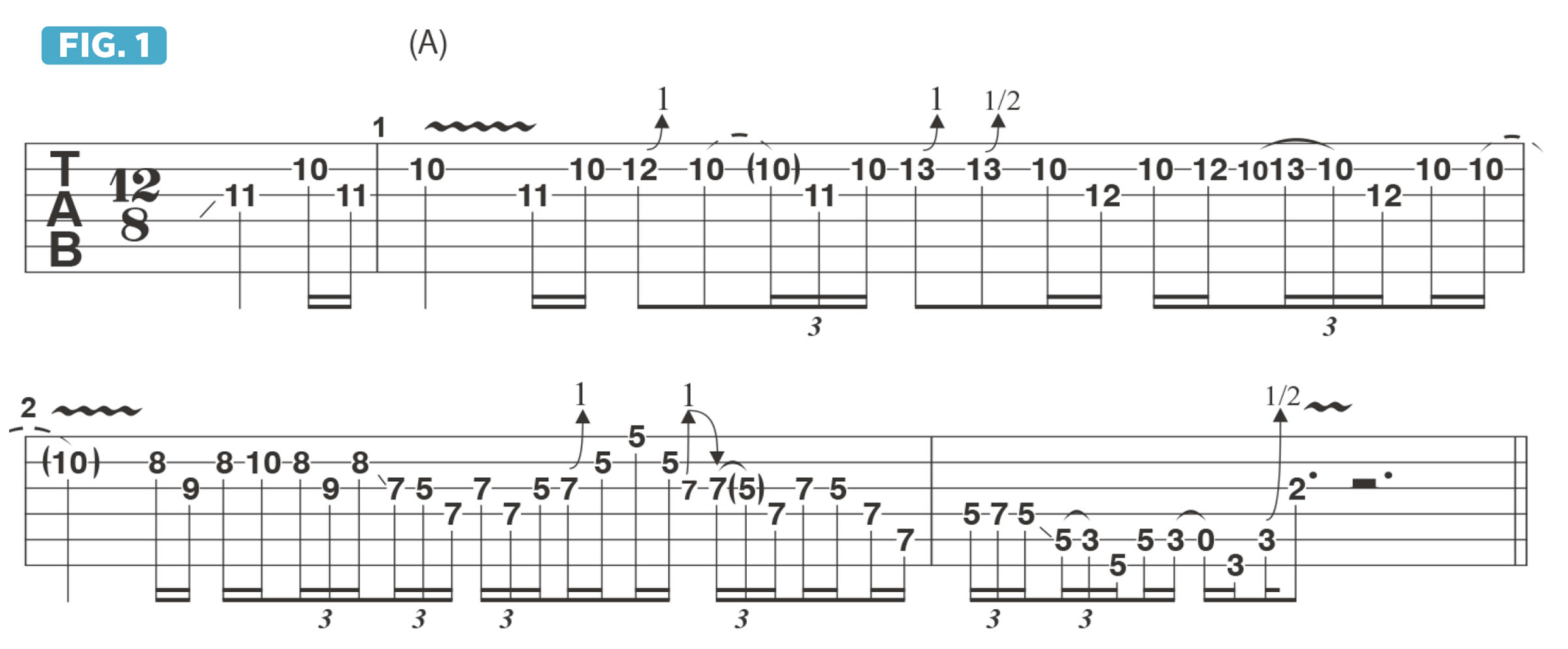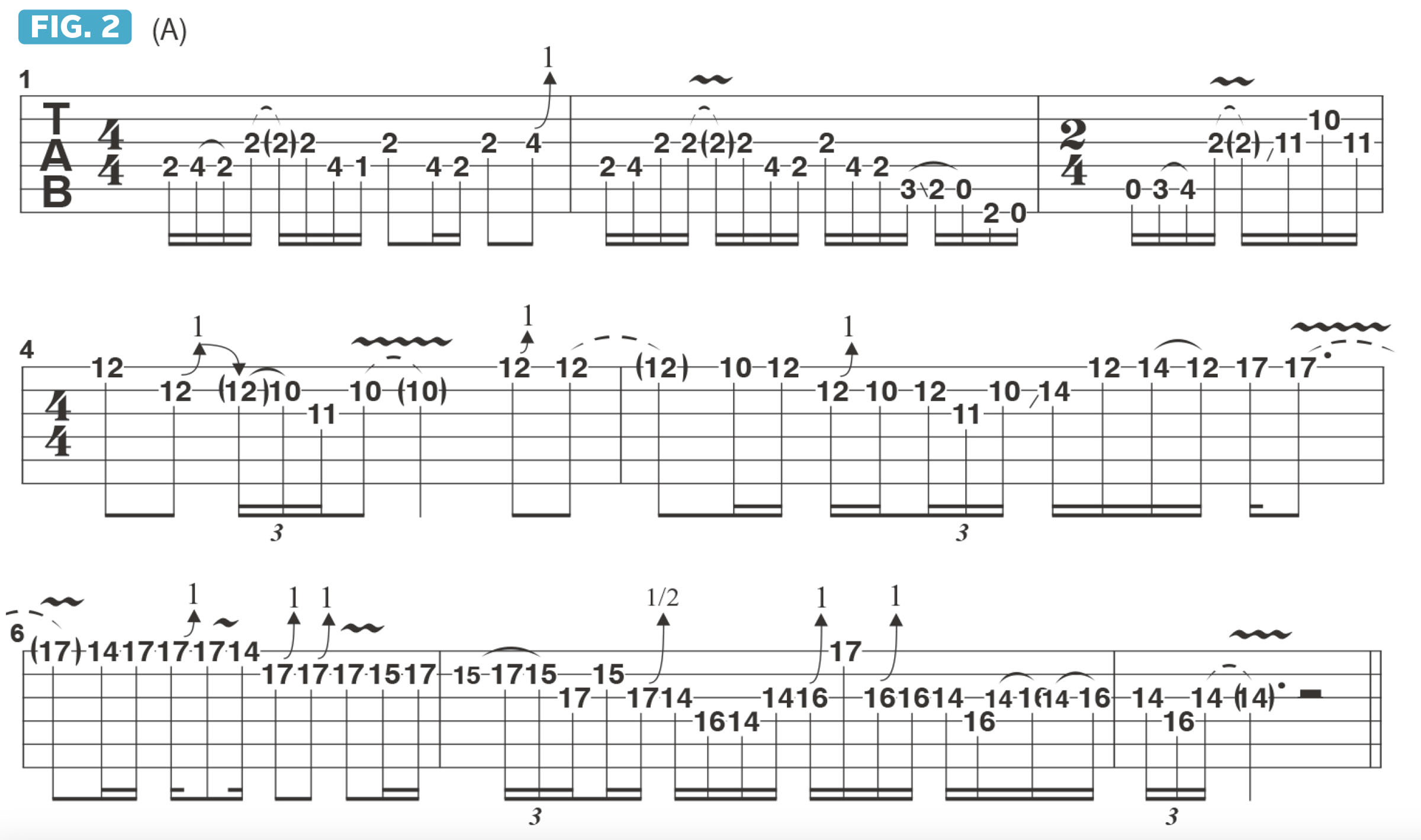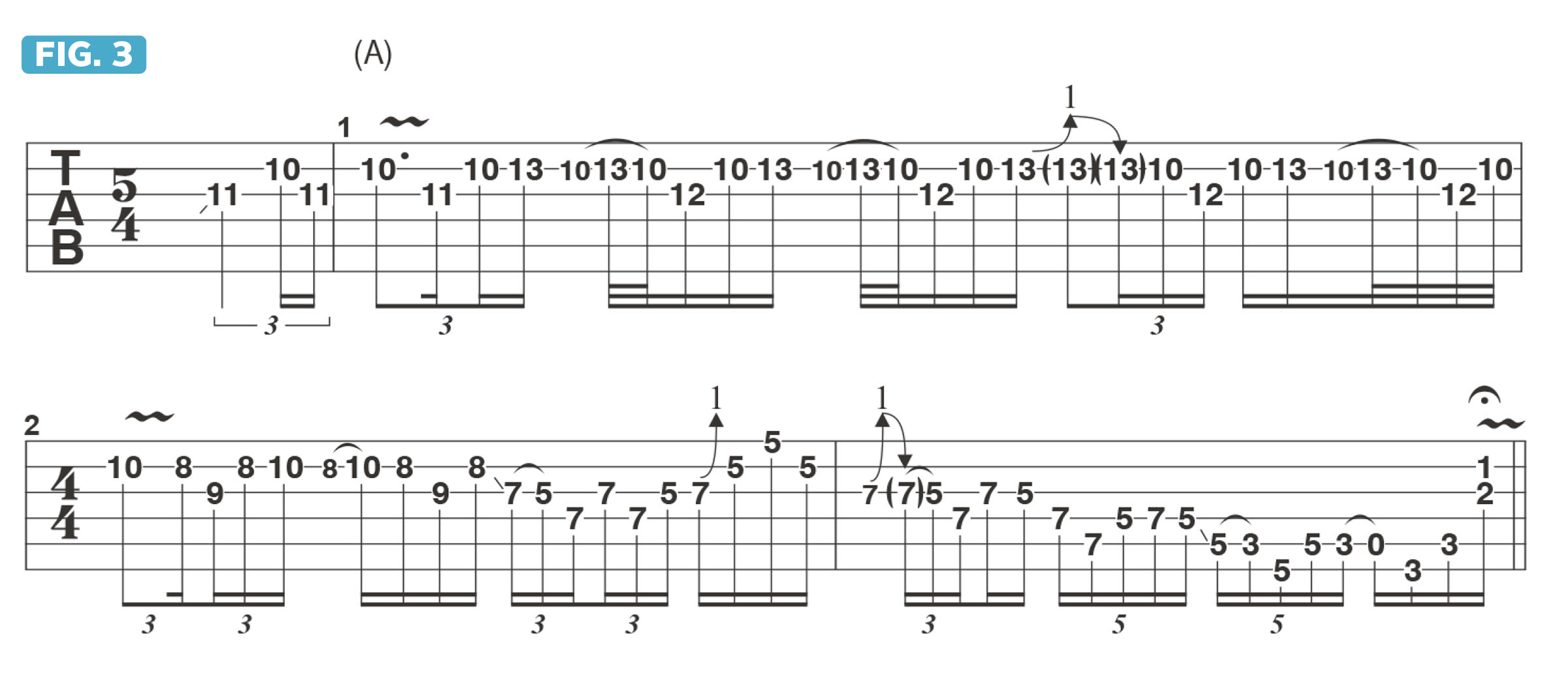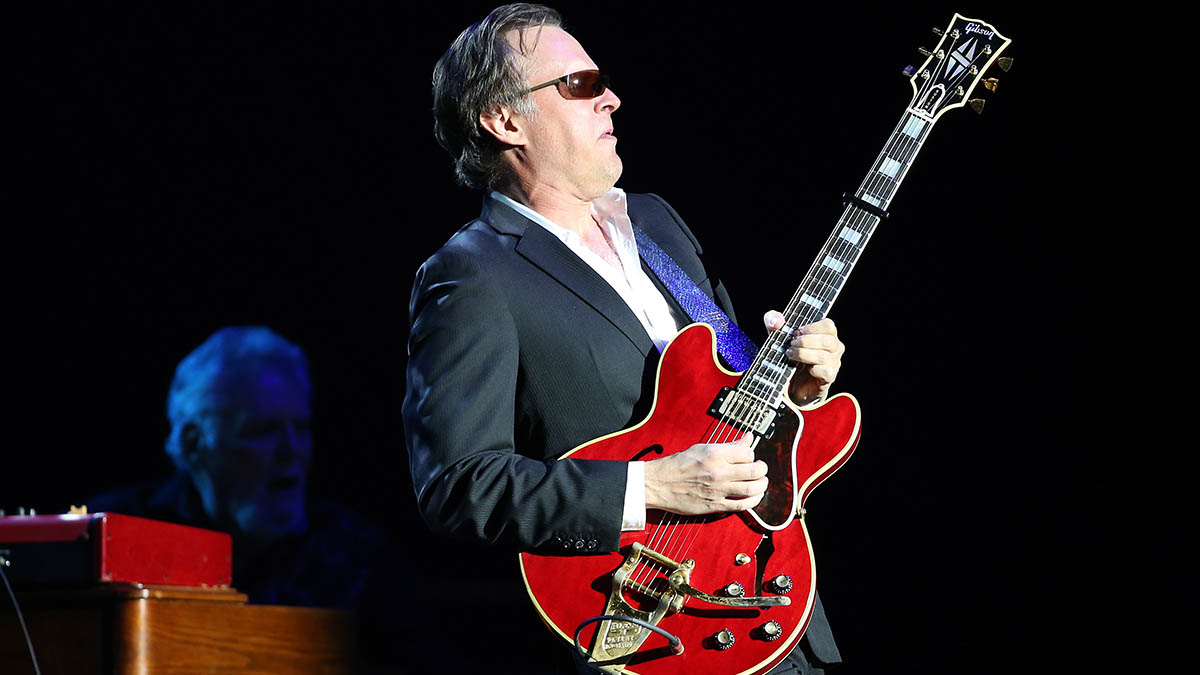“This was the very first electric blues track I ever felt a strong connection to”: Joe Bonamassa pays tribute to Eric Clapton’s Stratocaster years
The blues guitar superstar and a vintage Strat from his Nerdville collection share a lesson that will make your Strat sing whether it’s a Custom Shop or a Squier
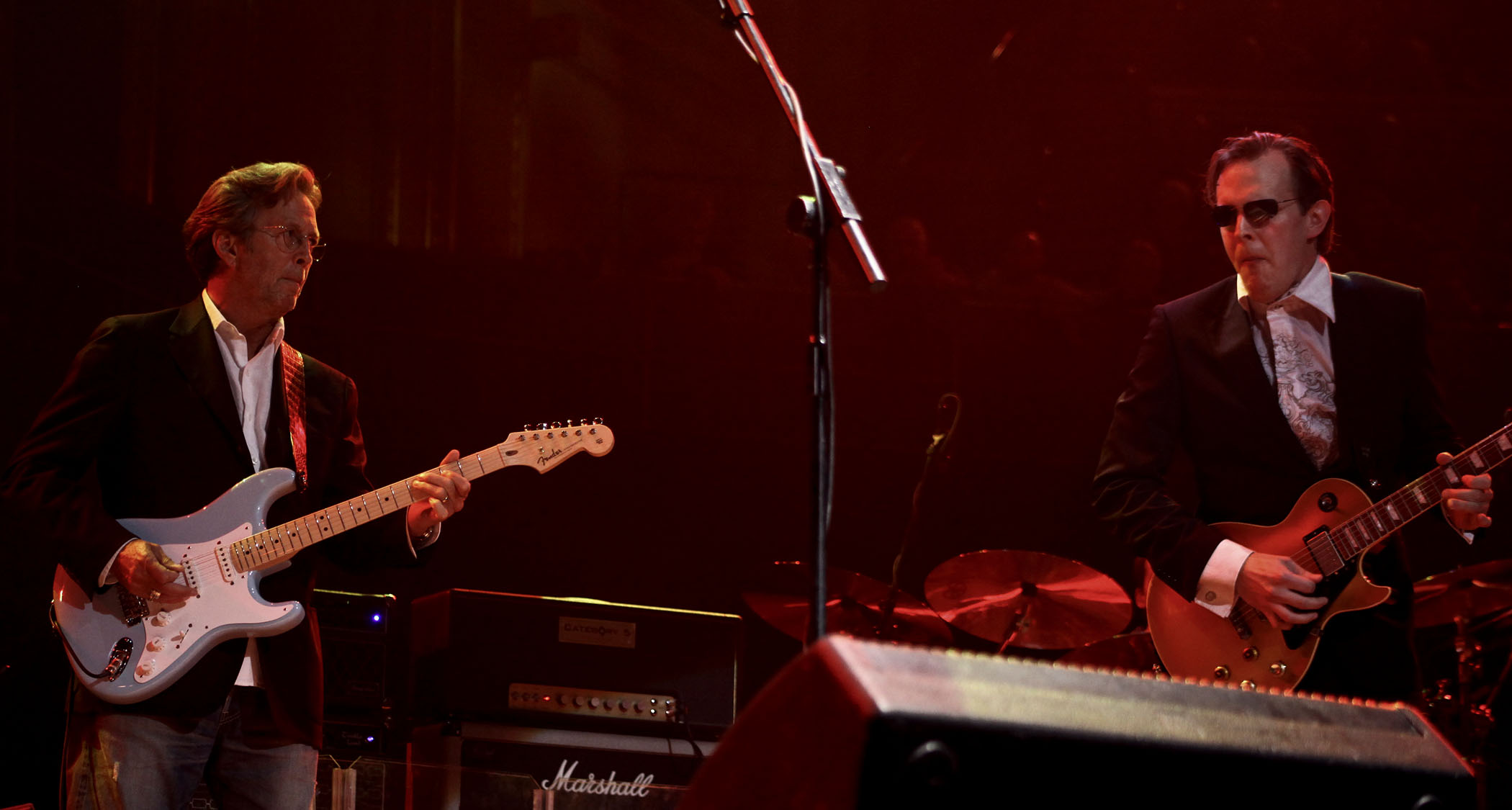
In my last column, we discussed 1960s-era Eric Clapton, focusing on his work with John Mayall and the Bluesbreakers and Cream, and his predilection for relying on Gibson guitars during that time.
As of 1970, Clapton had turned to the Fender Stratocaster as his primary axe of choice. His #1 Strat was a 1956 two-tone sunburst with a maple neck. This now legendary instrument earned the nickname “Brownie.”
In 1971, Eric’s main axe became a “parts” guitar, with a black body that he bought at Sho-Bud’s Music in Nashville, which carried the moniker “Blackie.” He has continued to favor Stratocasters ever since, so we’re talking 54 years that Eric has been primarily a Strat player.
Eric almost exclusively set that guitar’s three-way blade toggle switch wedged in between the bridge and middle pickups, so that both are engaged, producing what some refer to as a “nasal-y” out-of-phase sound.
On a modern five-way toggle switch, this is the #2 position. Keep in mind that you don’t need a vintage Strat to achieve this sound; you can get the same results with a Fender Squier! For these examples, I’m playing through a 2x10 Fender Vibroverb amp.
Figure 1 presents a three-bar example played in a 128 (triplet-based) meter, like a slow blues. The lines begin in 10th position with A major pentatonic (A, B, C#, E, F#), then, on beat 3 of bar 1, switch to A minor pentatonic (A, C, D, E, G).
On beat 4, I play a fast hammer/pull between the 10th and 13th frets. This technique, moving quickly between the root note and the minor 3rd and including the b7 (flatted 7th), G, is a staple of Eric’s soloing style.
All the latest guitar news, interviews, lessons, reviews, deals and more, direct to your inbox!
In bar 2, I move down to 8th and then 5th positions, and I conclude the lick on bar 3 with a quick shift down to 2nd position.
Figure 2 transitions to 44 time and a faster tempo, starting with lines based on A major pentatonic down in 2nd position and then, in bar 3, shifting way up to 19th position, followed by 12th and 14th positions in bars 5-8.
You’ll hear Eric play lines like this in After Midnight, from the Eric Clapton album.
As mentioned, Eric loves to incorporate quick “trills,” relying on hammer-ons and pull-offs between the root and minor 3rd. Figure 3 offers a few more phrases that cop this type of blues phrasing.
What really turned me on to Eric Clapton was his 1980 live album Just One Night, which features his cover of the Bobby Bland classic Farther on Up the Road. This was the very first electric blues track I ever felt a strong connection to.
At the time Eric recorded that performance, I believe he was using Music Man amps, such as the HD-130, which is basically a 130-watt version of a Fender Twin with a solid-state preamp.
Joe Bonamassa is one of the world’s most popular and successful blues-rock guitarists – not to mention a top producer and de facto ambassador of the blues (and of the guitar in general).
